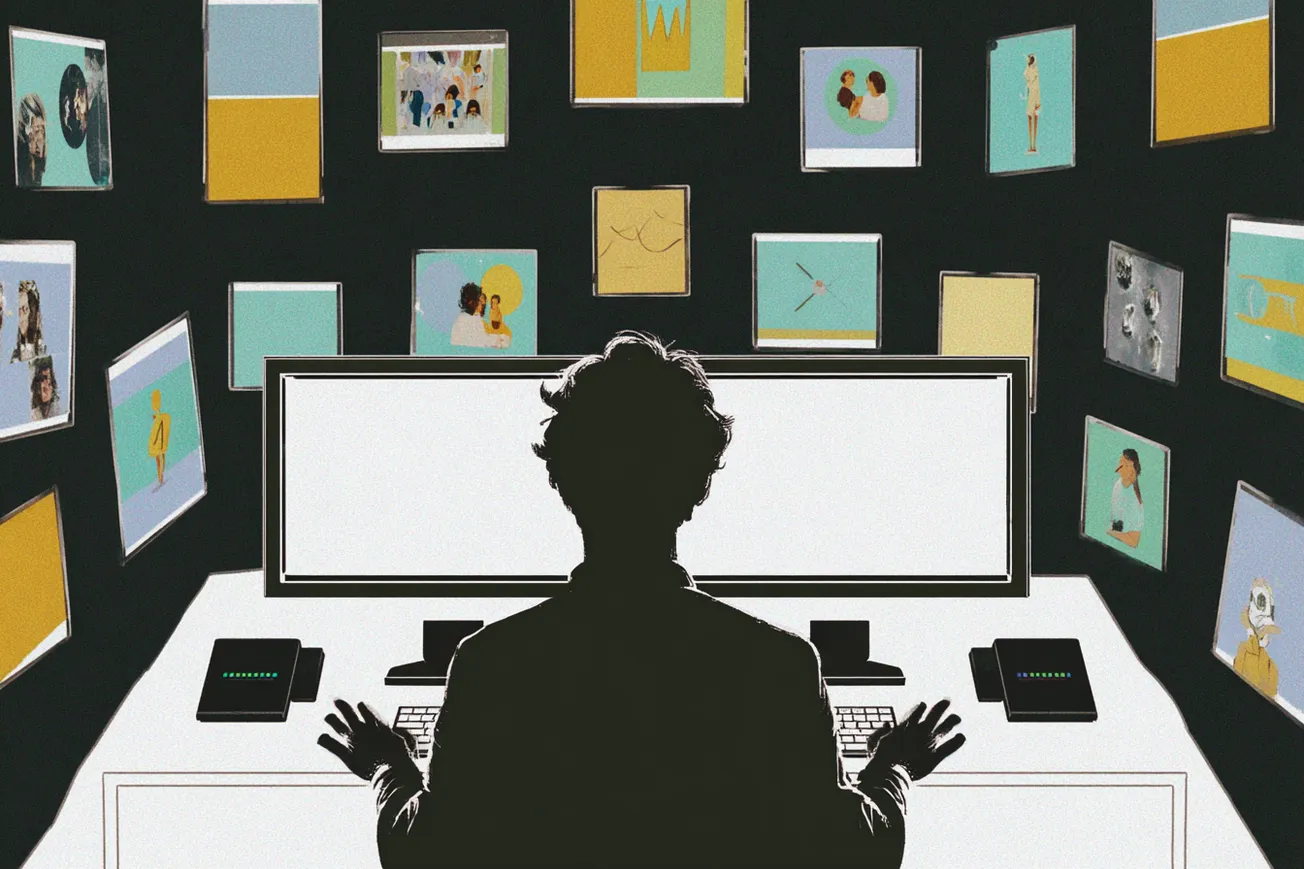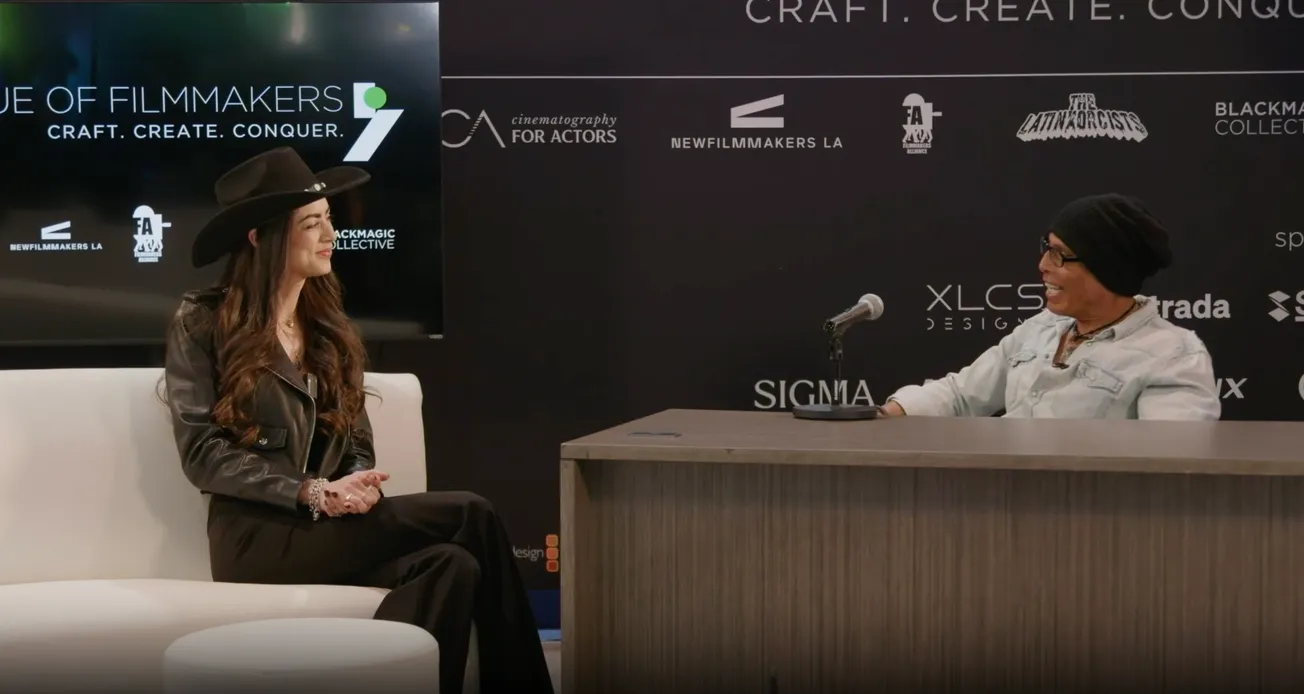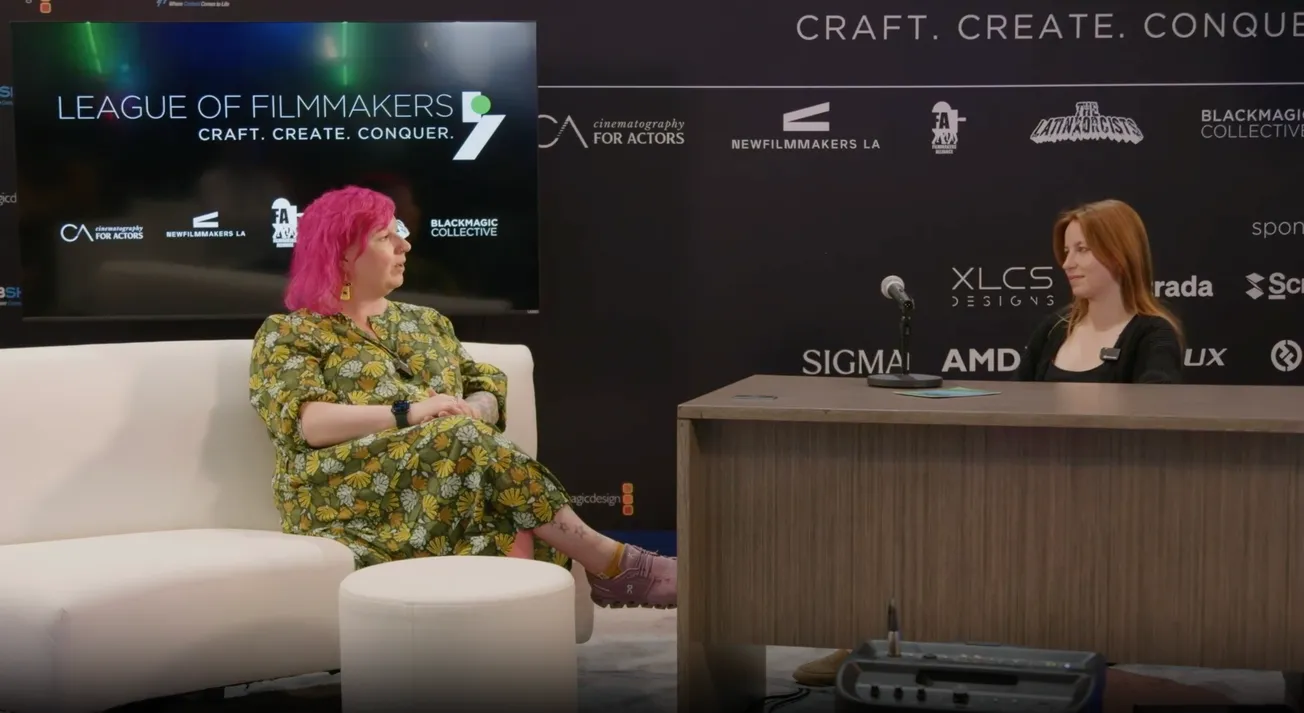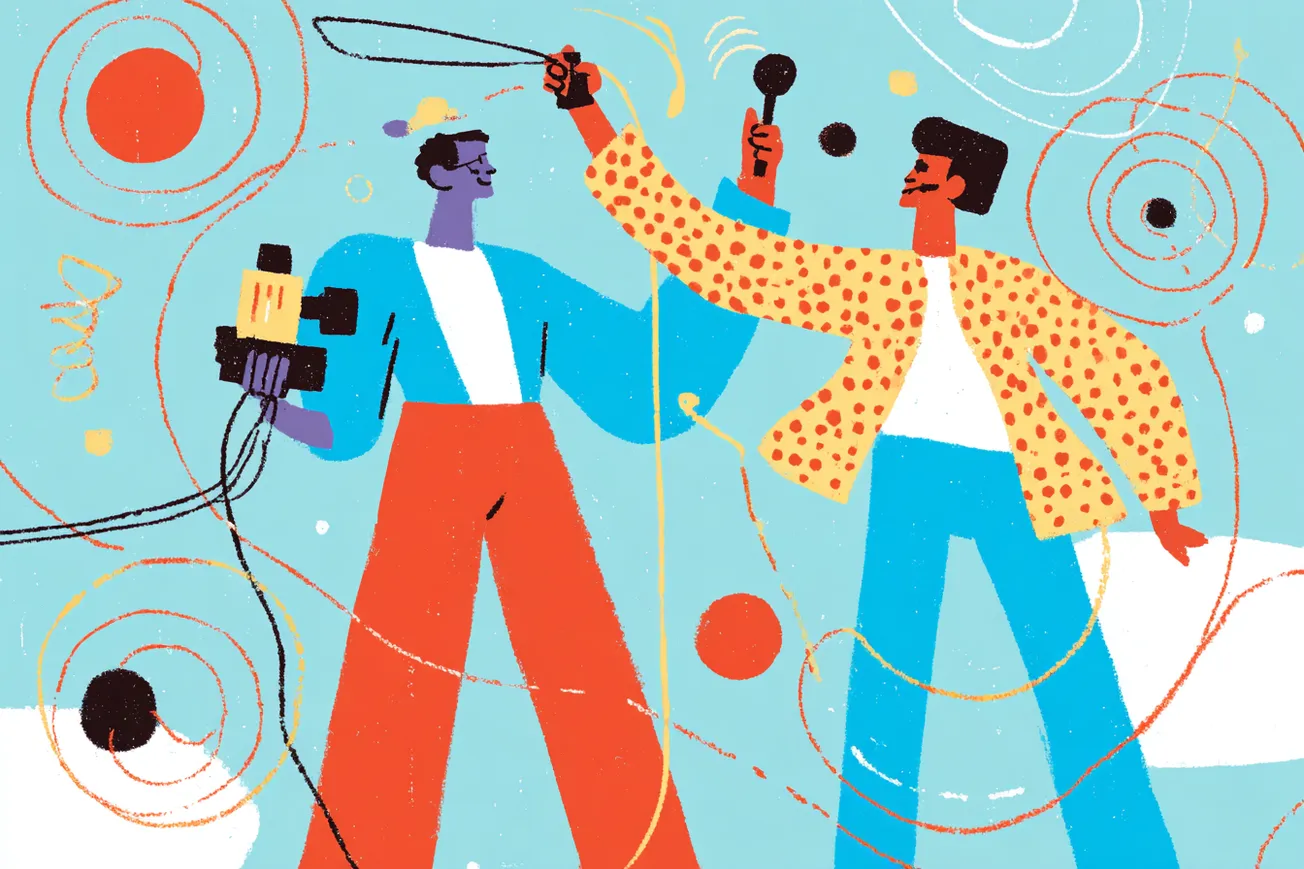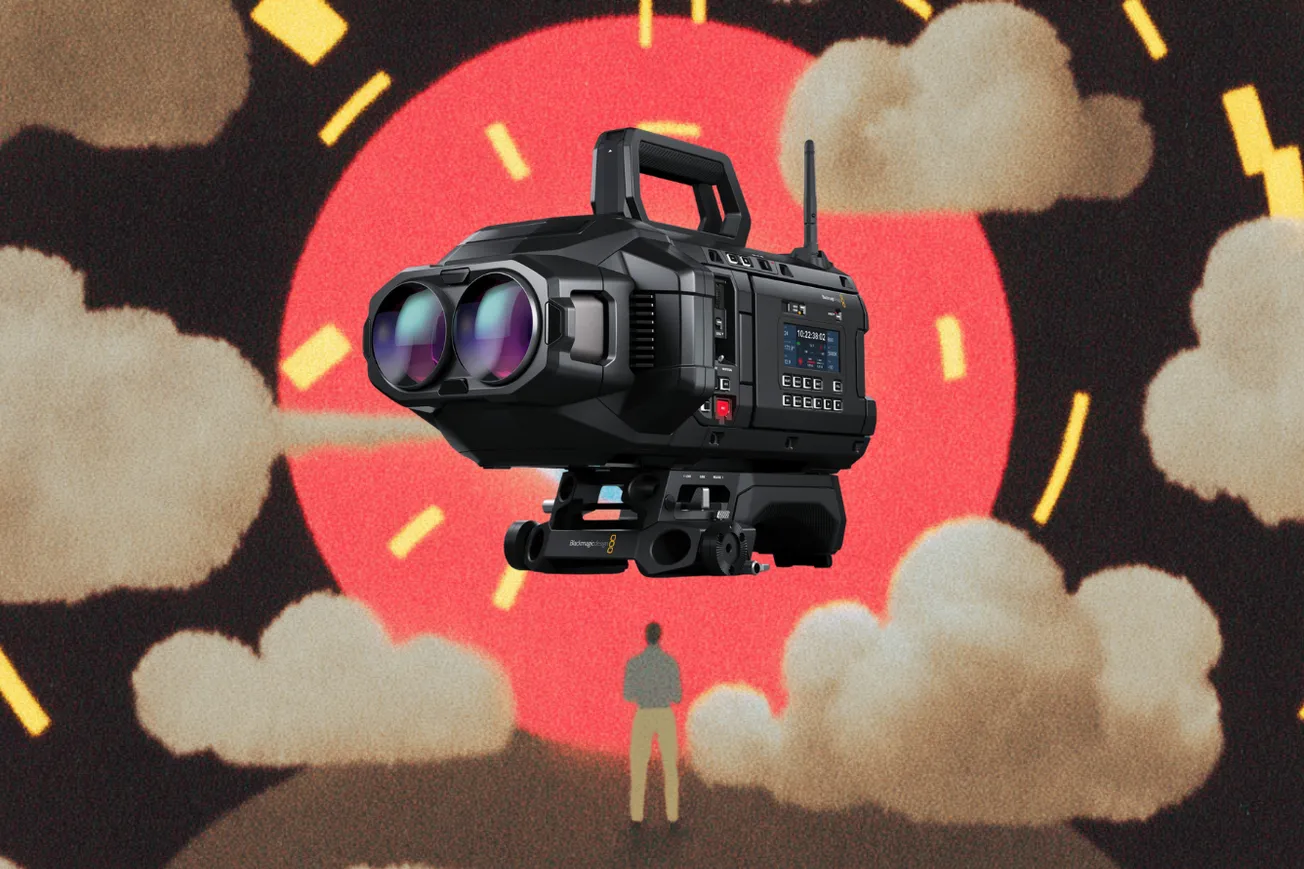Table of Contents
As an underrepresented filmmaker or creative, understanding the dynamics of color grading and its impact on storytelling is crucial. In a recent interview at NAB 2025, senior colorist Cody Baker shared invaluable insights into his journey, the collaboration process between colorists and directors of photography (DPs), and the trends shaping the future of visual storytelling.
The Role of a Senior Colorist
When asked about his position at Company 3, Cody explained:
“A senior colorist oversees everything related to color correction and usually interacts more frequently with clients, guiding the project with their experience.”
Cody's journey into color grading started unexpectedly; initially pursuing a career as a cinematographer, he discovered that color correction offered him a way to make a significant impact on the final image.
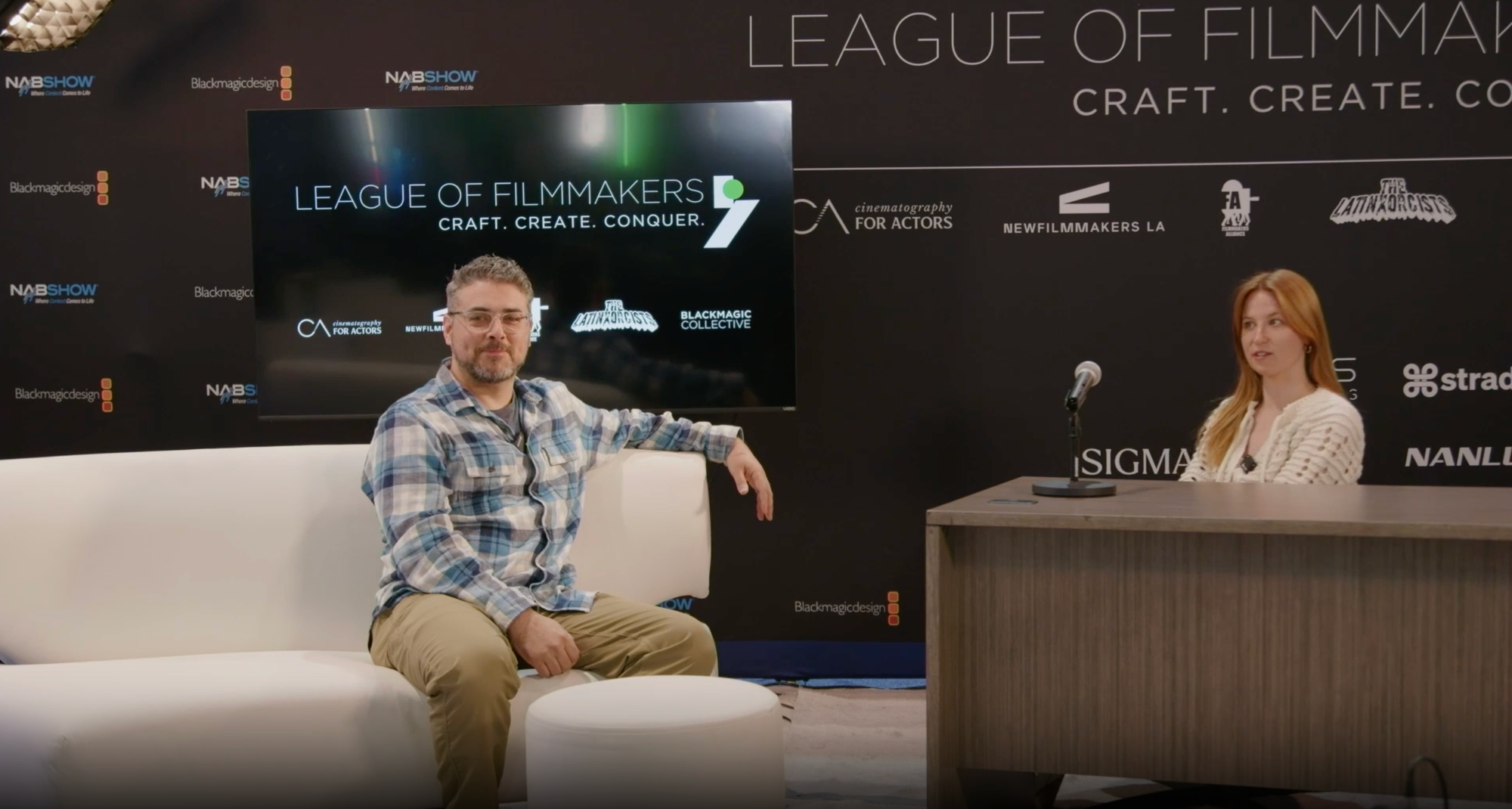
Building Effective Collaborations
Cody highlighted the importance of establishing a common language with DPs. Here are several points drawn from his experiences:
- Communication: A strong working relationship begins with effective communication. Each colorist has a unique style and approach; hence, being attuned to the language of the DP fosters a more seamless collaboration.
- Visual Baseline: Setting up a visual baseline is essential. This can include creating a lookbook with reference stills to align both the colorist and DP on the project's aesthetic goals.
- Anticipating Needs: A successful colorist anticipates the needs of the DP, addressing concerns before they arise. Cody stated, “I often can predict what they’re likely to ask before they say it, allowing us to focus on the creative aspects.”
Tips for Establishing Language with DPs
- Ask for Reference Stills: Share reference images to clarify aesthetic preferences.
- Develop a Lookbook: Create a visual guideline that reflects the intended outcome, accommodating potential changes during shooting.
- Establish Vocabulary: Understanding the specific terminology and visual cues the DP utilizes can bridge communication gaps.
Current Trends in Color Grading
One trend discussed during the conversation was the increasing prevalence of darker visuals in film and television. Cody explained:
“We can achieve darker images now due to advancements in technology that allow for accurate reproduction on modern screens.”
He noted that while the choice of darker tones has become fashionable, it also speaks to a filmmaker's creative intent, reinforcing how technology influences artistic expression.
Hot Tips for Aspiring Colorists
For those eager to venture into color grading, Cody offered practical advice:
- Focus on Matching Shots: Learning to balance colors consistently across shots is an essential skill for a colorist. As Cody pointed out, “This practice will strengthen your ability as a colorist.”
- Interact with Your Team: Cultivating relationships with those involved in the project is vital. The best colorists are not only skilled in their craft but also excel in collaboration.
Winding down the conversation, Cody shared credit for some significant projects, including "Station Eleven" and "Prey," highlighting the diverse genres that require unique color approaches, from the vibrant to the subdued.
Cody Baker's insights provide a deeper understanding of the collaboration required between colorists and DPs within the filmmaking process. His experiences underscore the importance of communication, artistic collaboration, and the influence of technology in shaping visual narratives.

